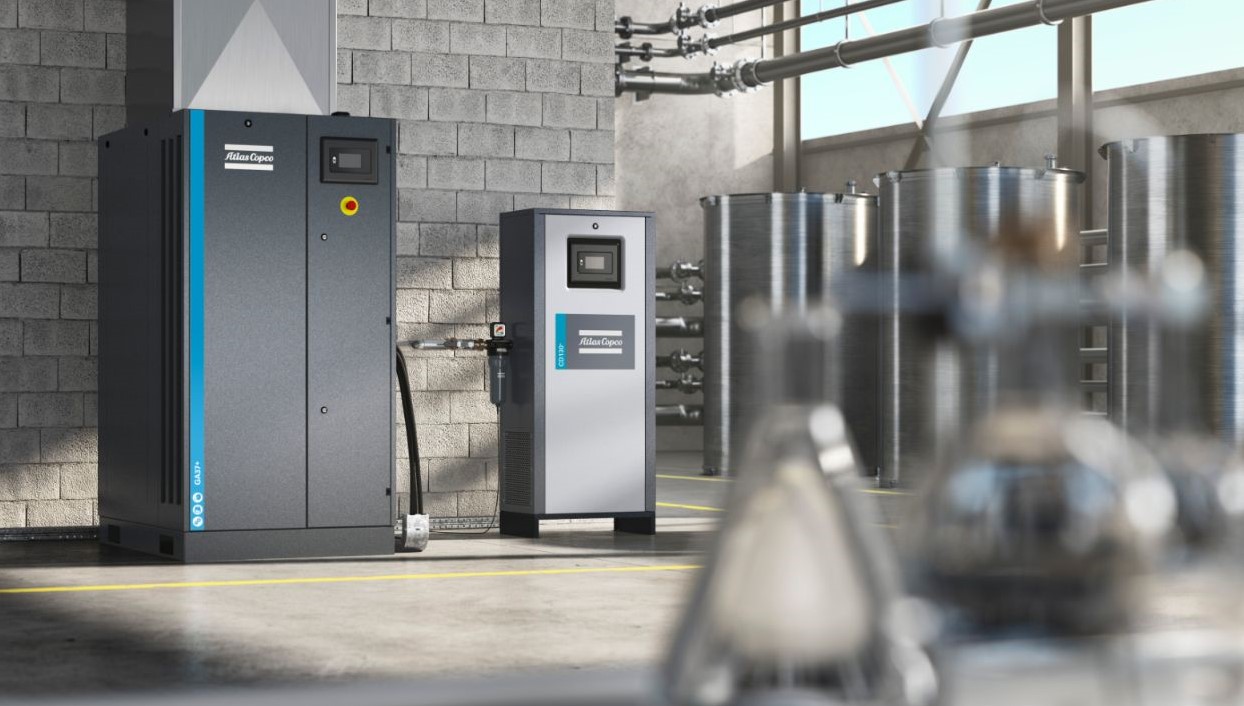In the hidden world of hissed pipes and whirring compressors, a refrigerated air dryer is an indispensable guardian. They tirelessly remove moisture, keeping processes safe from water’s meddling touch. However, choosing the right dryer isn’t simple. You must weigh factors like air volume, pressure drop, temperature, and dryness needs. Consider size, energy use, maintenance, and costs. Balance reliability, efficiency, and purification level with your system’s unique demands. Only by carefully aligning the dryer’s capabilities with your needs will you find the ideal one. This discussion explores key factors when selecting these behind-the-scenes heroes so you can make an informed decision and optimize your compressed air system.
Understanding the Basics of Refrigerated Air Dryers
Refrigerated air dryers serve a vital purpose – removing moisture from compressed air. The air passes through a heat exchanger where it pre-cools. It then enters an air-to-refrigerant heat exchanger where it is further cooled, causing water vapor to condense. The condensed water is drained away. The cool, dry air then flows back through the pre-cooling heat exchanger which re-heats it, recovering the cooling energy. This energy-efficient process typically provides dew points around 40°F. Without them, excess moisture causes corrosion, pneumatic tool damage, and product quality issues. That’s why diligent planned maintenance is crucial. Like changing oil in your car, regular upkeep prevents bigger problems.
Proper sizing and selection are key. You need a dryer that fits your system and meets the moisture removal needs. Environmental conditions like temperature and humidity matter too. But even the best equipment requires vigilant, planned maintenance for consistent performance. Regular upkeep might not be exciting, but it’s the best way to avoid disruptive breakdowns and ensure smooth compressed air operations. Bottom line – refrigerated air dryers are useless without rigorous planned maintenance. Make it a priority for optimal performance and minimal disruptions.
Factors to Consider When Choosing a Refrigerated Air Dryer
Choosing the right refrigerated air dryer for your needs is an important decision that requires some thoughtful consideration. The size of your compressed air system is the obvious starting point – you’ll want a dryer that has enough capacity to handle your airflow, but not one that’s overpowered for the job as that would waste energy.
Just as key is making sure the dryer can deliver the dew point your applications require. If it can’t sufficiently remove moisture, you’ll run into problems down the line. Check that any special environmental conditions like high heat or humidity are accounted for too. The last thing you want is a dryer that can’t hold up to your operating environment.
Of course, energy efficiency matters for your operating costs. Compare options to find one that removes moisture efficiently without being an energy hog. And don’t forget maintenance – you want a dryer that’s convenient and straightforward when it comes to upkeep.
Finally, balance performance needs with your budget. With some research you can find an affordable option that ticks all the boxes in terms of capacity, dew point, durability and efficiency. Taking the time upfront to evaluate the dryers available will pay off in the long run with better compressed air quality and system reliability. Focus on the features that matter most for your facility and you’ll end up with the right refrigerated air dryer.
Types of Refrigerated Air Dryers
Choosing the right refrigerated air dryer for your needs is kind of like picking the perfect pair of shoes – you want something comfortable that fits just right! When it comes to air dryers, you’ve got a few things to think about, like whether your compressed air use goes up and down or stays steady, and how low you need the dew point to be.
The cycling models are like slip-ons – they adjust to your variable air demands and help save energy when compressed air use is low. Non-cycling dryers are more like boots – sturdy and constant, maintaining their cooling power even when air demand fluctuates.
And don’t forget style – do you need a high-temperature or low-temperature dryer? Low-temperature dryers get the dew point extra low for moisture-sensitive work, while high-temperature dryers handle jobs where higher dew points are still OK.
It’s worth taking the time to find the right “fit” – get one that matches your application, efficiency goals, and dew point needs. That way your air-drying system will give you comfort, performance, and reliability for years to come. See, not so scary after all! Just think of shoes, and you’ll pick the perfect air dryer.
Thus, choosing the right refrigerated air dryer impacts your whole operation. Consider your system size, dew point needs, environment, budget, and maintenance program. Balance science and practicality. The right dryer will meet current air demands, fit your space, support long-term reliability and cost savings. This isn’t about brands or technology, but finding the best fit. When you take the time to make an informed choice, your dryer will pay off through better efficiency and quality for years to come. Focus on both immediate and long-term needs to find the ideal dryer that handles your specific needs today and assets operations tomorrow.







